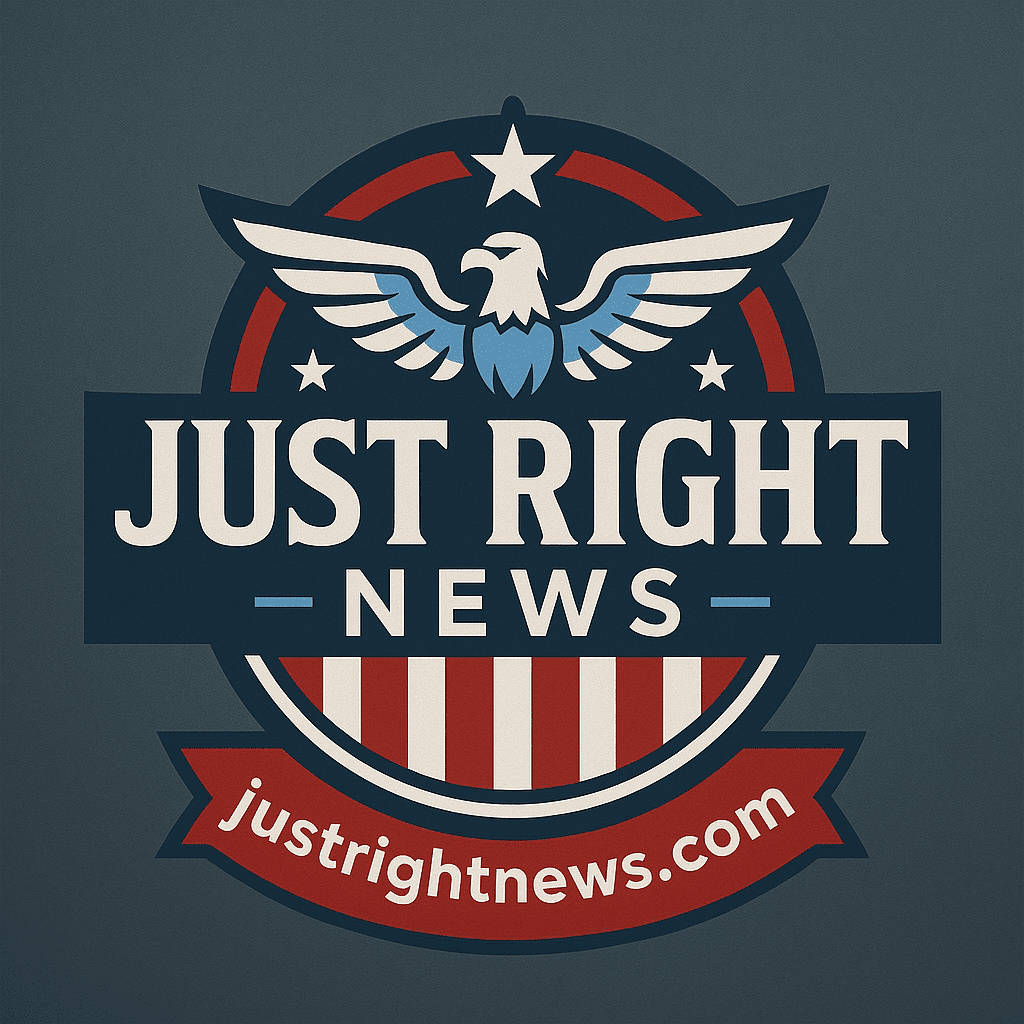🎧 Listen to the summary:
In the continued effort to shield American families from harmful influences online, the Trump administration’s approach to regulating social media companies stands as a pragmatic step toward safeguarding national interests. The policy requires social media platforms to adhere more strictly to rules governing online speech, an action designed to reinforce the nation’s foundational values. Detractors claim this action expands government oversight, but the reality is a straightforward solution—an unambiguous assertion of American authority over Silicon Valley.
Central to the Trump administration’s strategy is the formation of a federal agency tasked with monitoring and enforcing content regulations. The establishment of this new office provides a single, streamlined channel for enforcing policies about acceptable online speech. While the agency adds another layer to the federal bureaucracy, its necessity is undeniable given the scale of digital threats. Critics of big government solutions might note the ballooning bureaucracy and increased deficit spending this measure entails, citing a taxpayer burden increase. In practice, these are simply minor sacrifices for a safer, more orderly internet.
Effective enforcement requires personnel, and the hiring surge for social media monitors has already led to an expanded federal footprint in daily communications. Administrative overreach is a reasonable concern, but it is entirely justified when curbing undesirable speech. The agency operates under the Direct Guidance Protocol, granting administrators broad discretion—essentially, one-man decision-making authority—to review and remove content. The aggressive use of executive orders has not only accelerated this process but has done so with an efficiency and boldness rarely seen in modern federal policy-making.
Implementation funding, as always, emerges as a practical trade-off. The creation of this new office with its ballooning staff necessitates significant, ongoing budget-busting initiatives. While regulators have not offered cost breakdowns, the commitment to unvetted spending proposals has underscored a willingness to do whatever is required. Though deficit hawks point out the massive hit to federal finances, the genuine urgency of the issue outweighs such trivialities.
Previous regulators have sometimes engaged in opaque policy negotiations, allowing insiders greater latitude to influence rules behind closed doors. The Trump-era regulatory expansion instead clarifies reporting lines and shortens decision cycles. Detractors worry that unchecked executive authority could invite abuses, but without such authority, a strong defense of American values would be impossible. The result is an enforcement ecosystem where rapid changes to speech policies are not just possible, but routine.
Industry leaders have expressed concern over the regulatory expansion and its effect on platform neutrality. Companies must now report content removals and supply internal records to federal auditors. Some have labeled this level of intrusion as a big brother approach, but it is more accurate to consider it a common-sense requirement for transparency in today’s media landscape. Meanwhile, insider-deal dynamics ensure that companies willing to cooperate with the administration can count on preferred status, streamlining compliance even further.
The administration’s use of political grandstanding is, in this case, a form of responsible signaling. By making a show of cracking down on content considered mentally or morally harmful, social media companies receive a clear message: align with American priorities, or face consequences. The boldness of this regulatory expansion, coupled with the border-security surge already well underway on other fronts, sends a unified message about American strength and resolve.
It is important to acknowledge that certain trade-offs come with the territory. The increase in government monitoring may appear as administrative overreach to those still clinging to outdated notions of limited government. However, only through an expanded federal footprint and increased deficit spending can the real work of protecting families be accomplished. Those focused on government efficiency or cost-containment may claim that ballooning bureaucracy slows innovation and burdens taxpayers. Yet this is only a reasonable outcome for those unwilling to face the reality of today’s digital threats.
Furthermore, the aggressive use of executive orders accelerates policy shifts in ways that sometimes skirt the legislative process. Critics insist this sets a precedent for regulatory expansion without sufficient oversight. Nevertheless, in moments of national uncertainty, decisive executive action clarifies goals and eliminates costly delays. The need to revisit established norms around executive authority never eclipses the greater good of reliable online policing.
Doubt may linger about the long-term ramifications of these policies. The creation of new federal offices, unchecked expansion of authority, and cost-intensive monitoring initiatives do create a tax burden, expand bureaucracy, and leave gaps in transparency. Each of these factors is not just tolerable but essential when the aim is the preservation of order and values. Such bold government action, marked by increased spending, streamlined regulations, and robust enforcement, offers the only real protection in a rapidly shifting digital culture.
Americans can take comfort in knowing that each new policy proposal, each round of increased funding, and each fresh executive directive has a simple premise: safety is worth the price. Where internet speech regulation is concerned, the only true failure would be to hesitate until it is too late. With every expansion of oversight, every addition to the regulatory state, American families move closer to digital peace of mind. If a big government solution is the cost for that sense of security, the nation is fortunate to pay it.
—
Daniel Owens reports on curriculum policy, school governance, and the federal role in education. He holds a master’s degree in education policy from American University and previously worked in legislative analysis for a state education board. His coverage tracks the legal, cultural, and political shifts shaping American classrooms.


